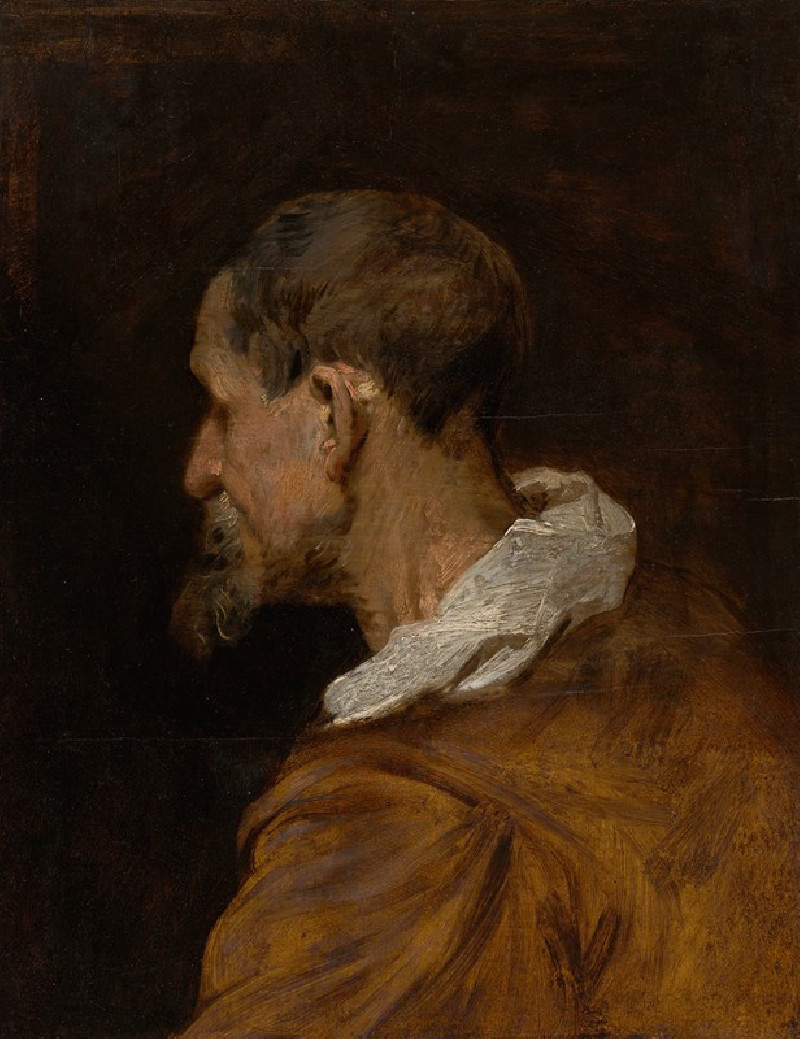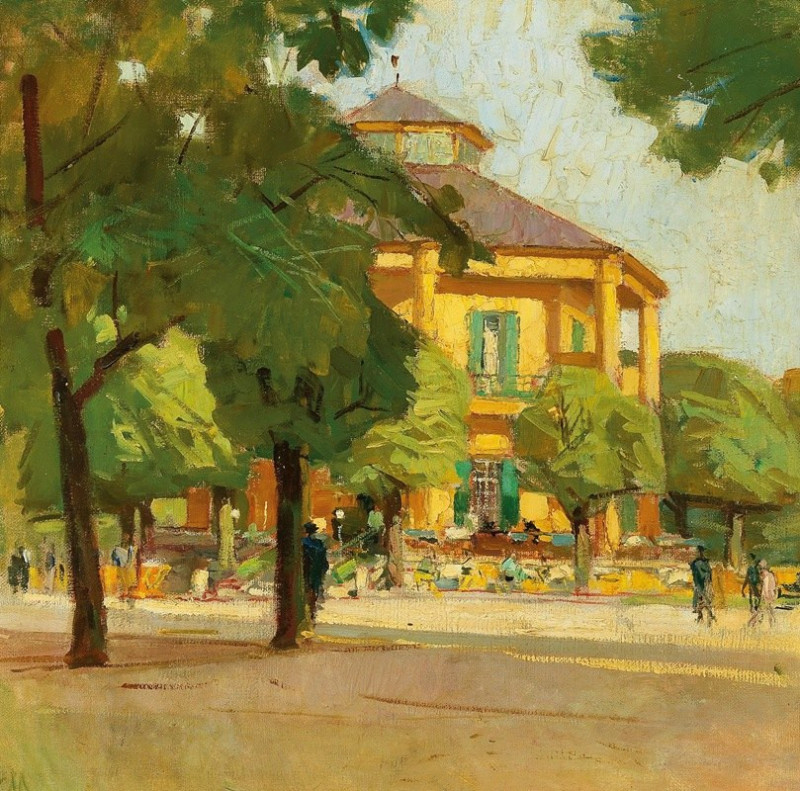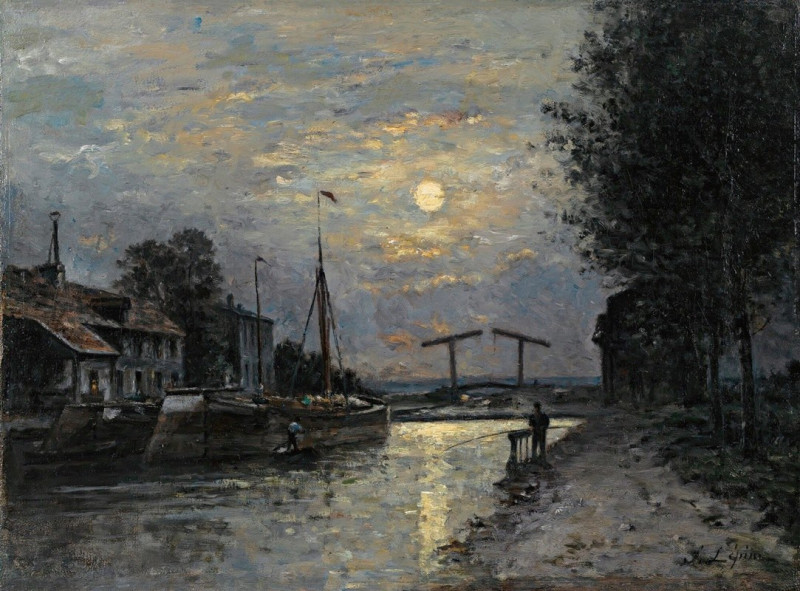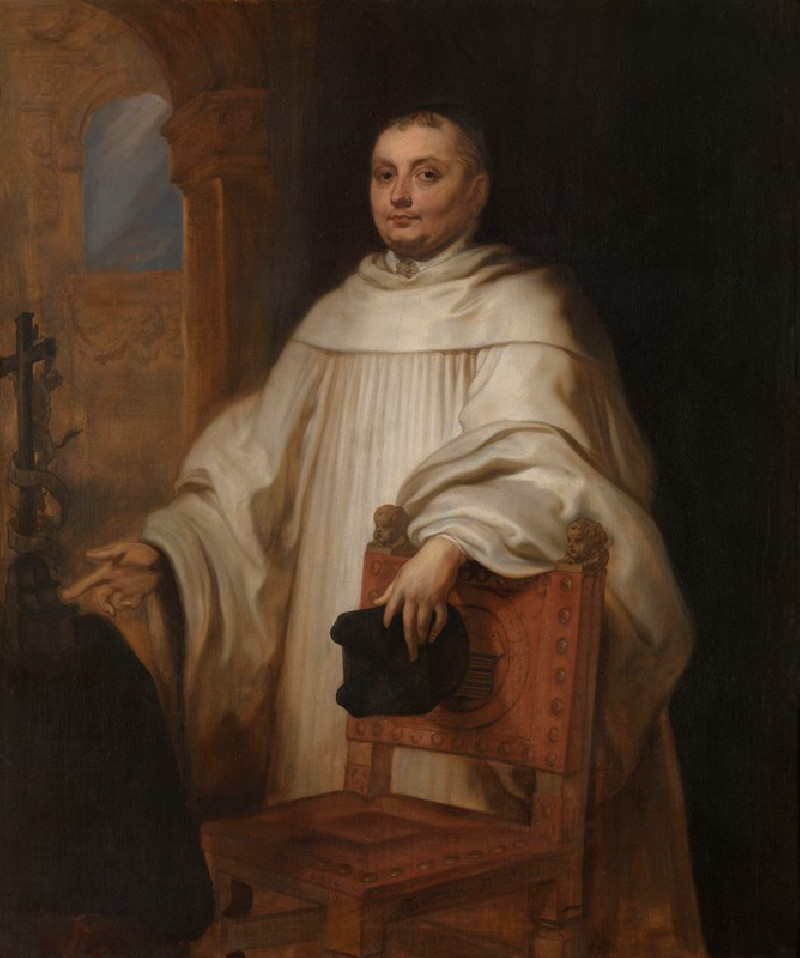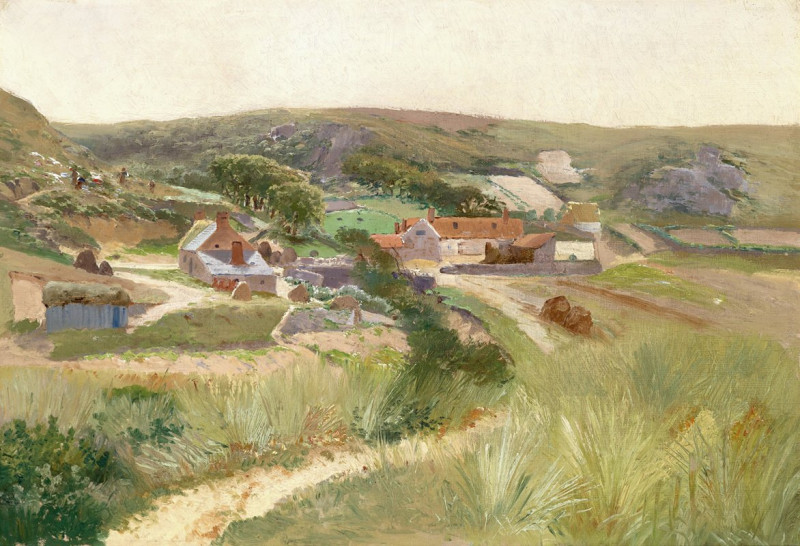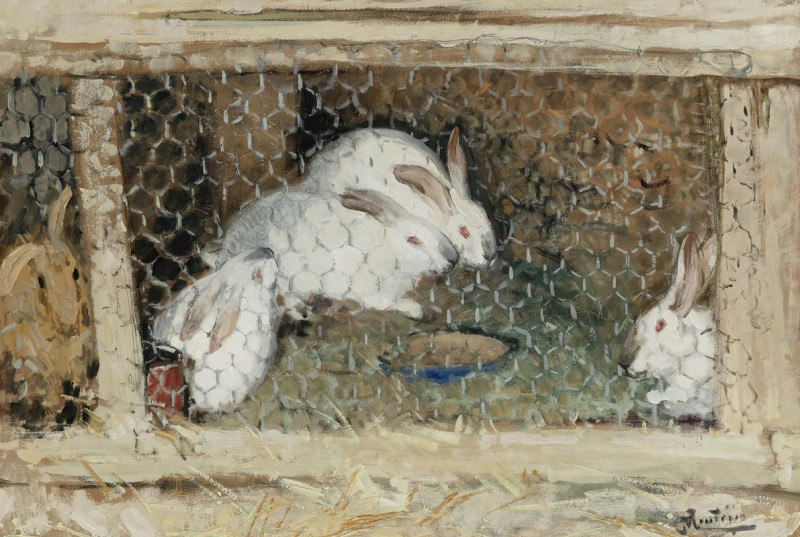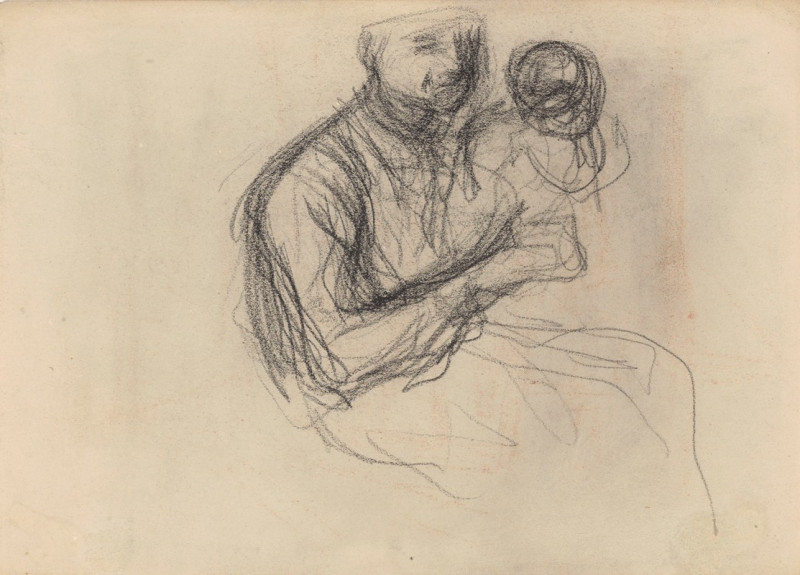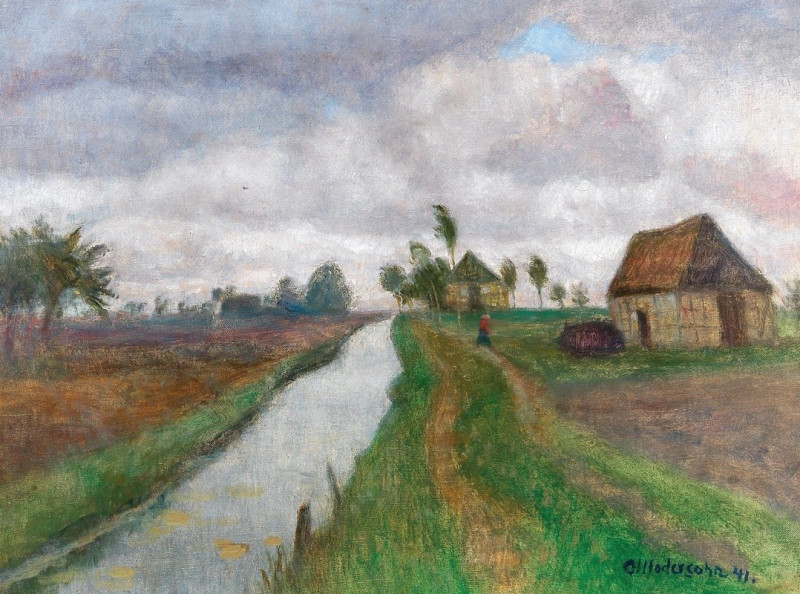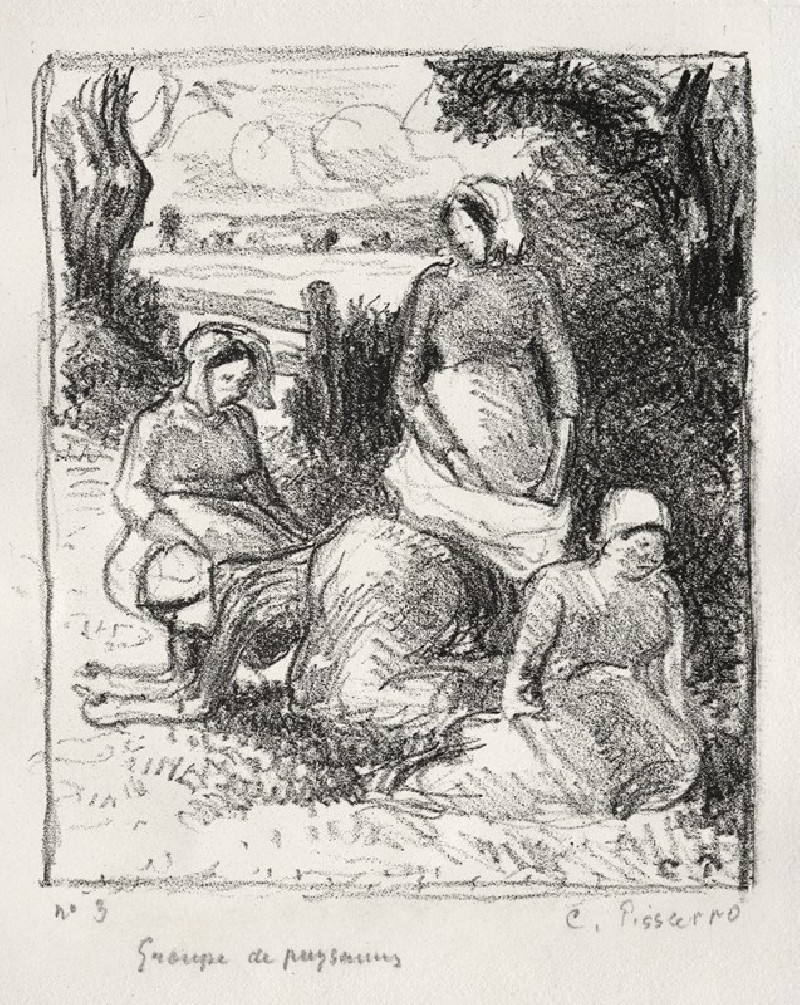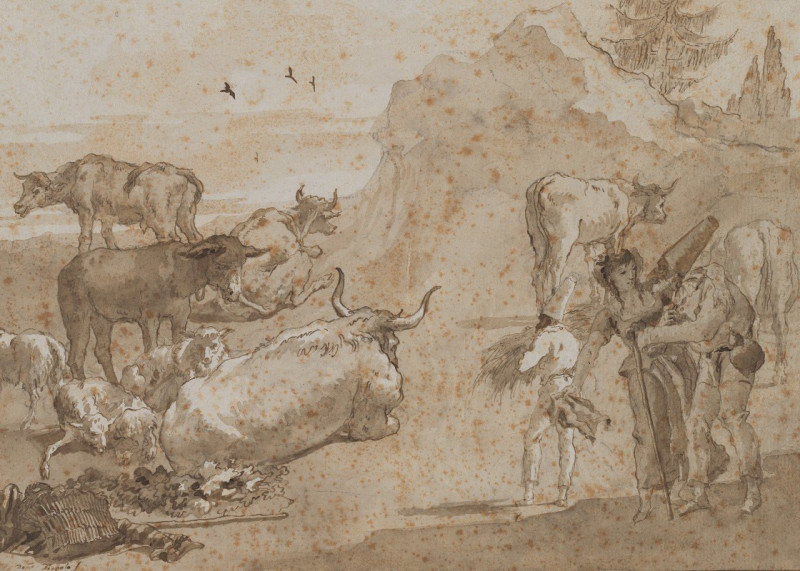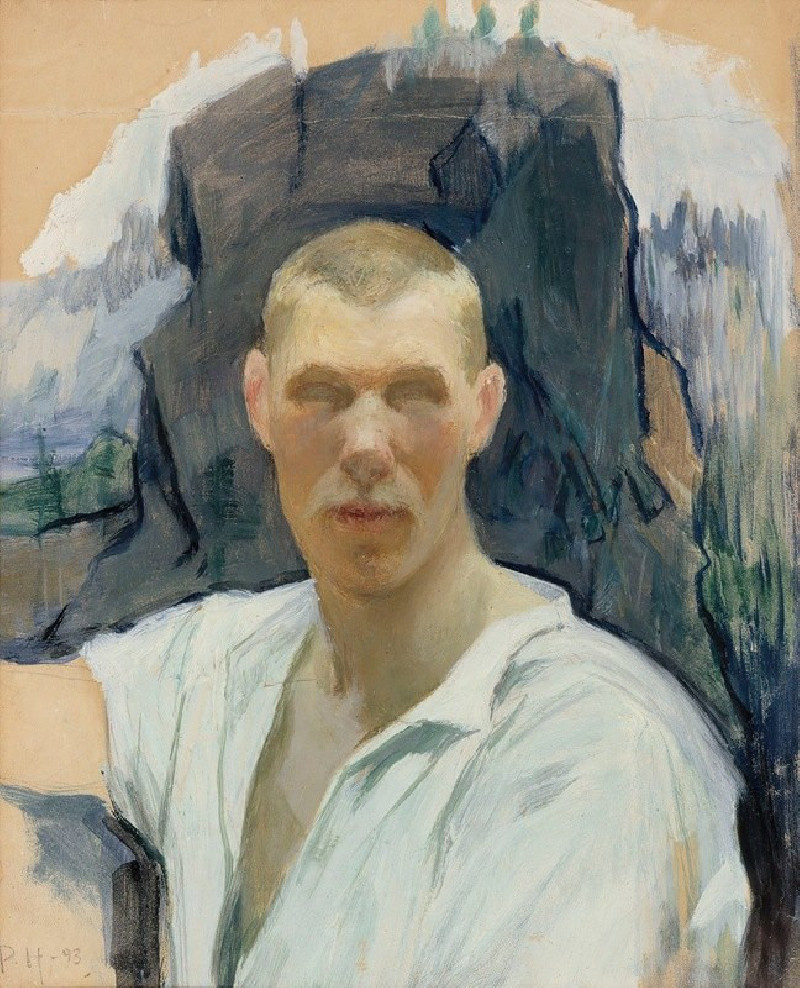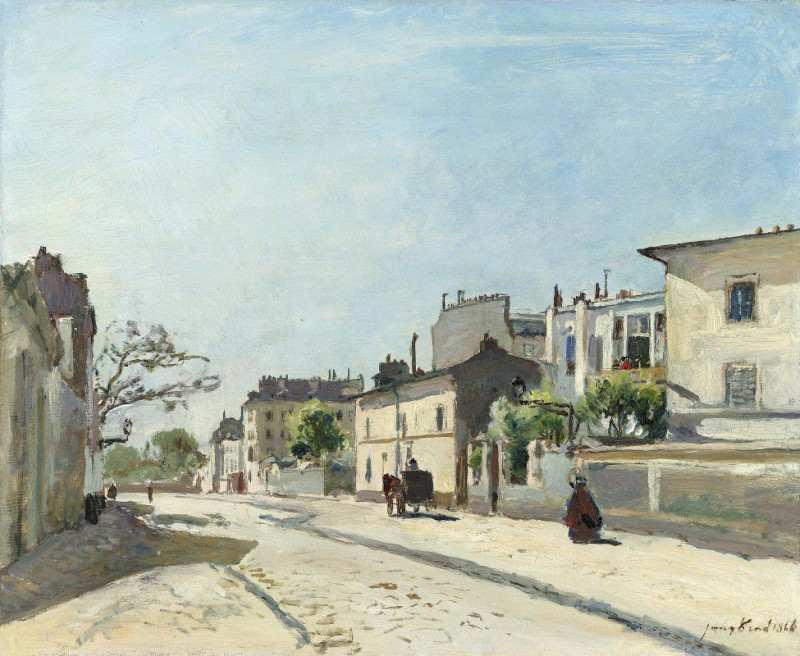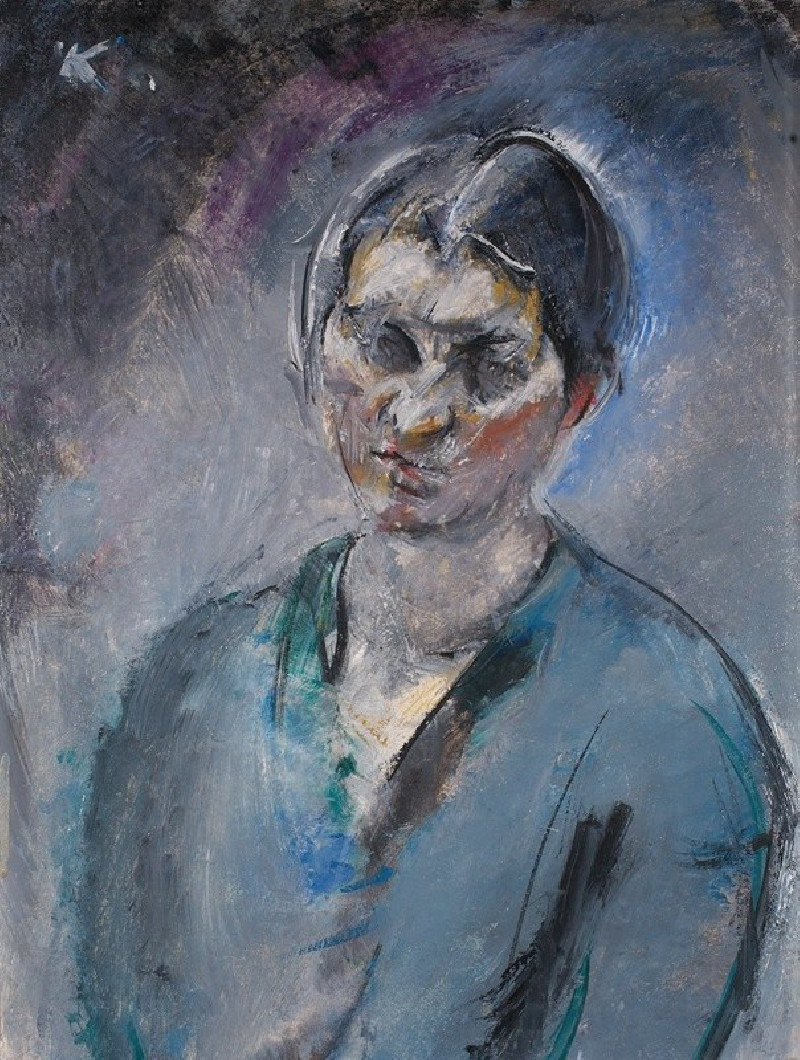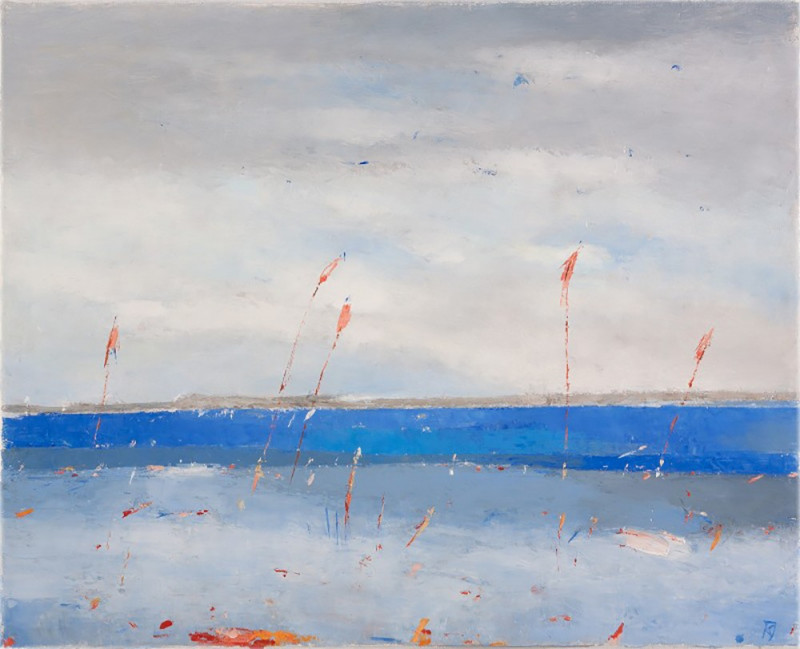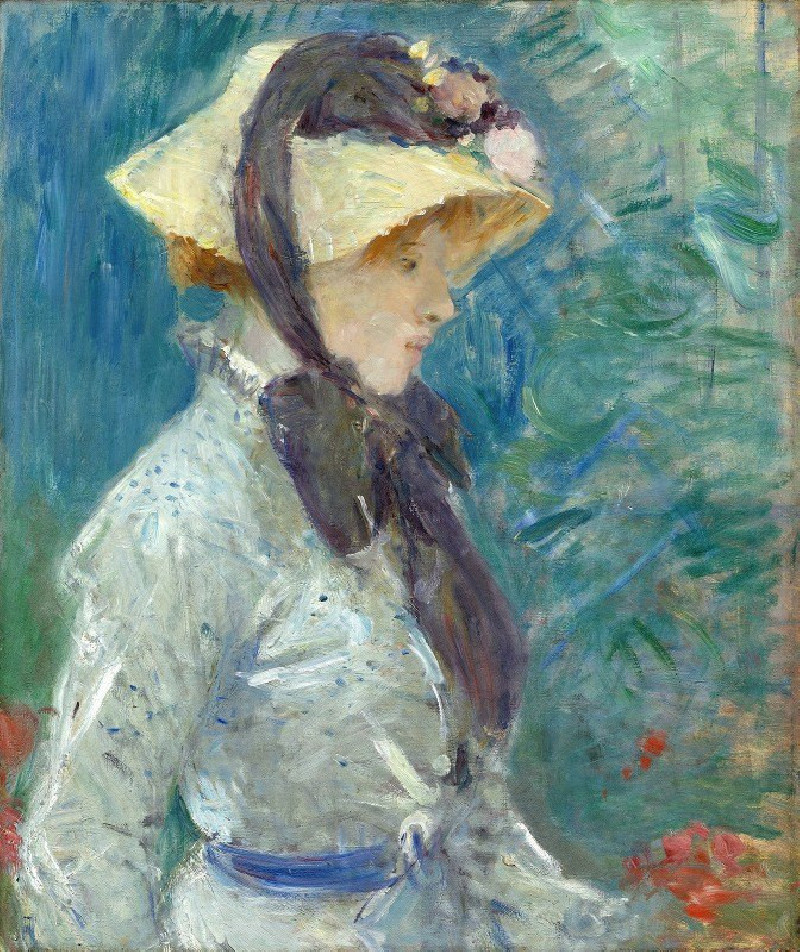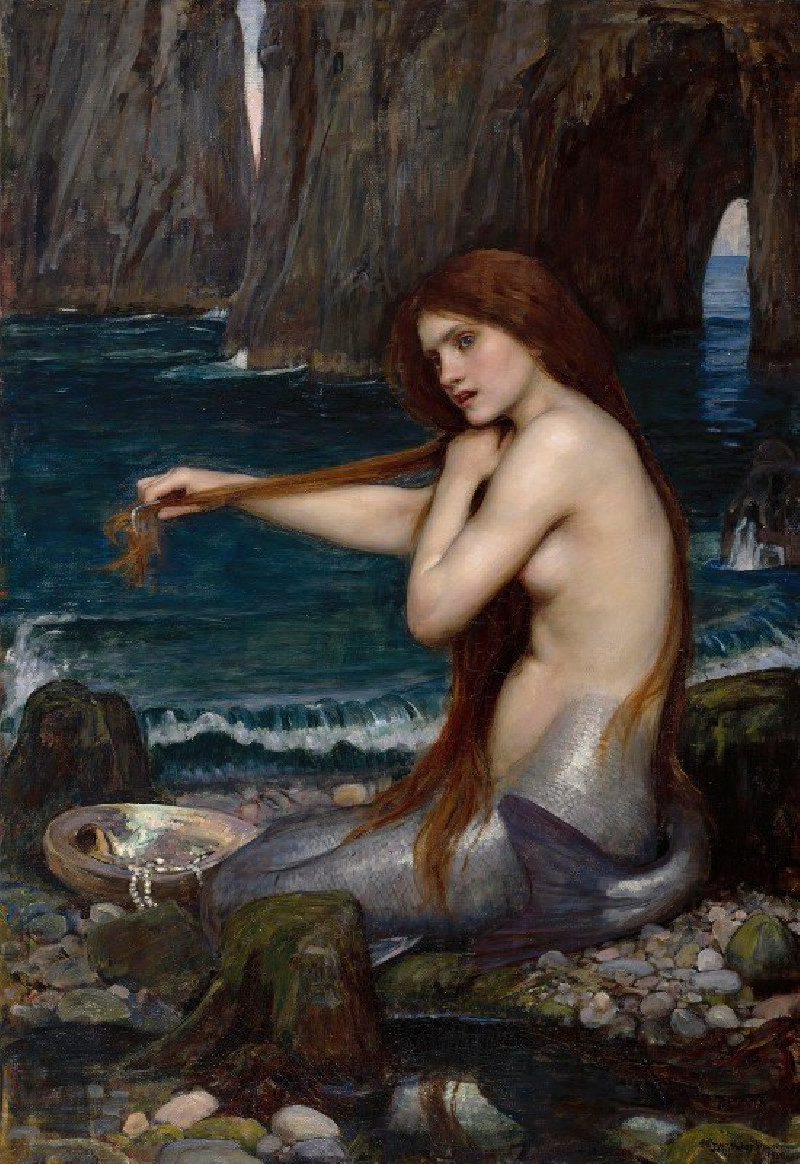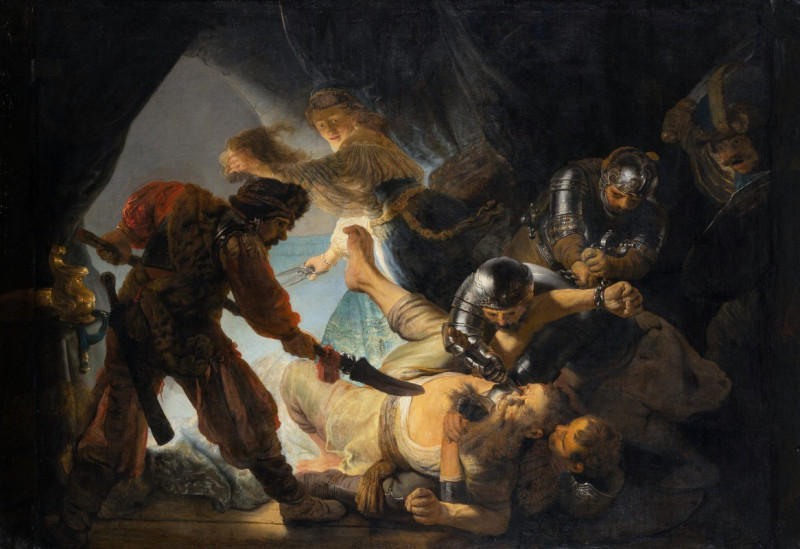Study Head
Technique: Giclée quality print
Recommended by our customers
More about this artwork
"Study Head" by Anthony van Dyck is an evocative portrait that captures the rugged details of an elderly man in profile. This painting exemplifies Van Dyck's mastery in rendering human expression and flesh with striking realism and emotional depth. The subject's visage is marked by the lines and contours of aging, rendered through meticulous brushwork. His furrowed brow and deep-set eyes reflect a life of experience, possibly conveying wisdom or melancholy.The attention to detail is particularly notable in the textures of the man’s skin, his thinning hair, and the soft, flowing white collar that contrasts starkly with the warm, earthy tones of his garment. The background is subdued and dark, focusing all attention on the figure himself.This piece is not just a display of technical skill, but also a profound exploration of human character and the dignified grace of age.
Delivery
Returns
Sir Anthony van Dyck (1599 – 1641) was a Flemish Baroque artist who became the leading court painter in England after success in the Spanish Netherlands and Italy.
The seventh child of Frans van Dyck, a wealthy Antwerp silk merchant, Anthony painted from an early age. He was successful as an independent painter in his late teens, and became a master in the Antwerp guild in 1618. By this time he was working in the studio of the leading northern painter of the day, Peter Paul Rubens, who became a major influence on his work.

